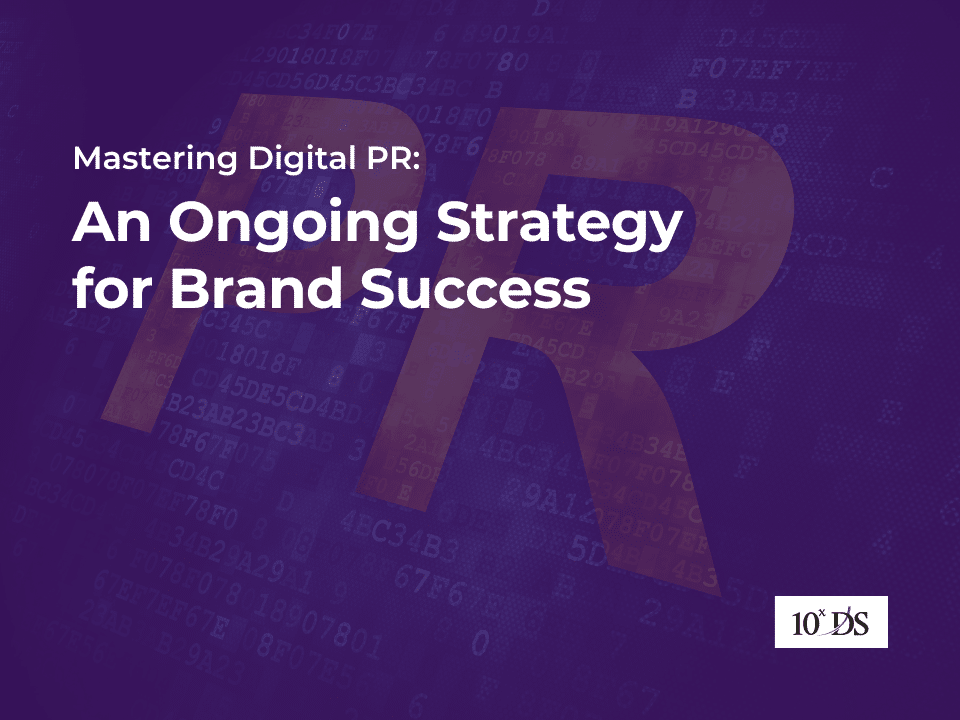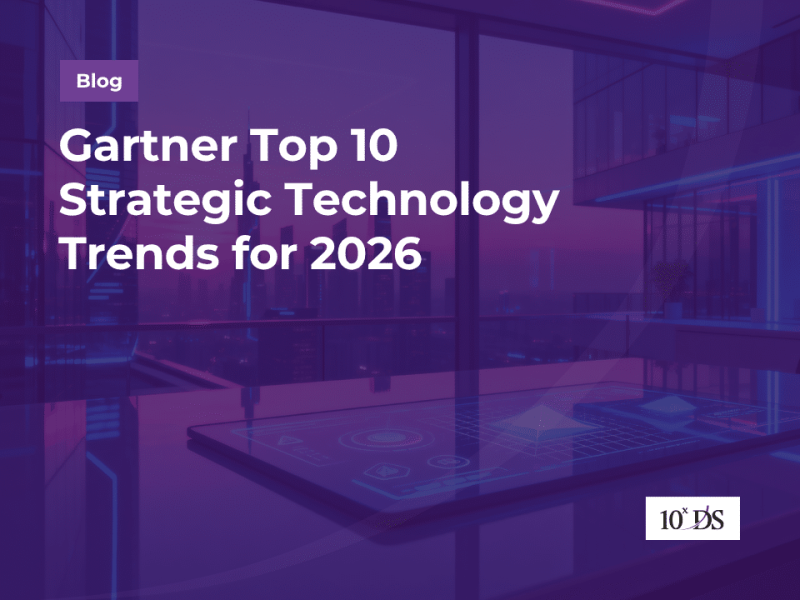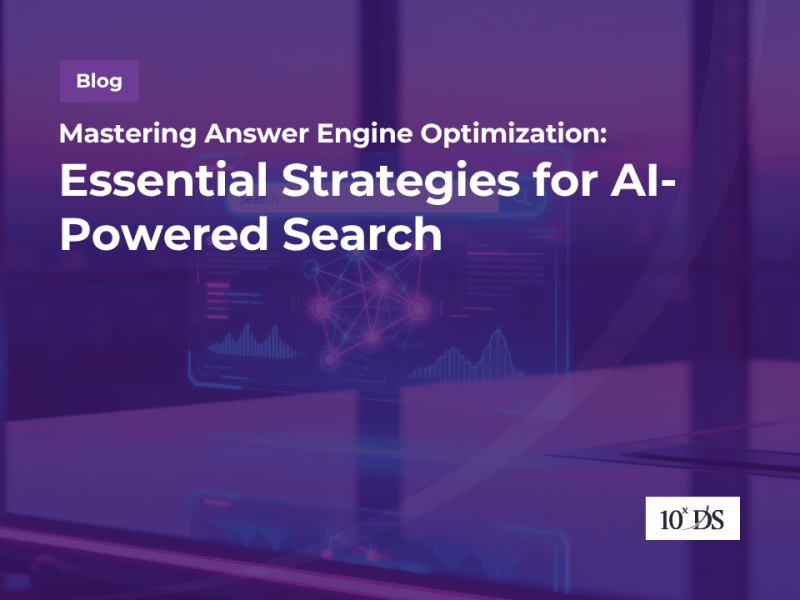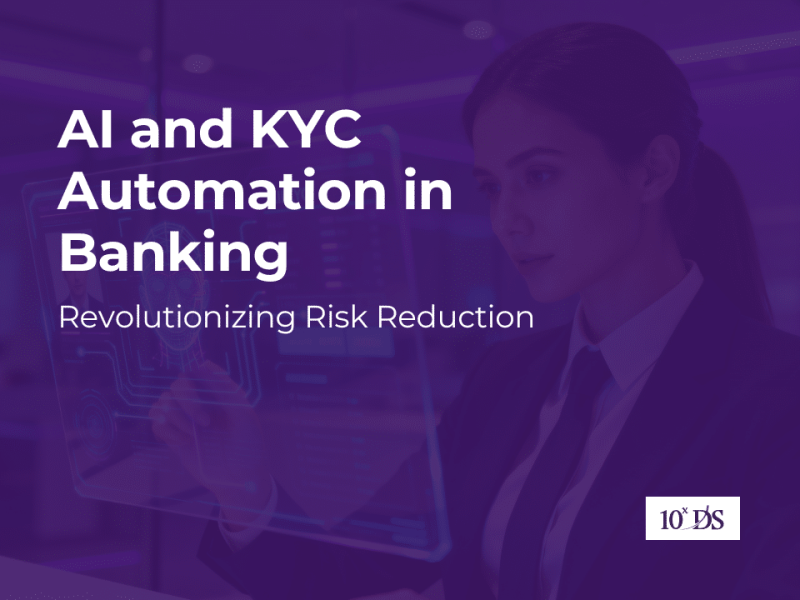
Mastering Digital PR: An Ongoing Strategy for Brand Success
Establishing a brand’s online reputation and presence is a must in today’s digital era. Digital PR seems to do that by the public relations and marketing strategies. It leverages all kinds of digital platforms including websites, social media, and any platform that hosts your target audience. Digital PR as a marketing practice uses the Internet to reach an online audience, raise brand awareness, and promote a company’s products or services. It’s similar to traditional PR, but executed through online channels, allowing organizations to reach more people in a controlled manner.
Creating and distributing press releases: Sharing news and updates about the brand through online channels.
Partnering with influencers: Collaborating with influential individuals on social media to promote the brand.
Sponsored content: Paying for content placement on relevant websites or platforms.
Connecting with journalists: Engaging with journalists and reporters online to get coverage.
Getting interviewed in mainstream media: Securing interviews or features in online publications.
Blogger outreach: Reaching out to bloggers and content creators to write about the brand.
Publishing newsworthy and trending content: Sharing relevant and timely content that resonates with the audience.
Why is Digital PR important?
Digital PR is important for several reasons: In today’s digital age, having a strong online presence is crucial, and digital PR helps your brand get noticed by a wider audience, increasing visibility and reach. Effective digital PR can enhance your brand’s reputation through positive coverage, influencer endorsements, and engaging content, contributing to a favourable image. Digital PR activities such as backlink building, guest posts, and media mentions improve your website’s search engine rankings, as high-quality backlinks signal authority to search engines. Engaging content and storytelling through digital PR resonate with your target audience, encouraging interaction, shares, and brand loyalty. When a crisis occurs, digital PR helps manage the narrative with swift responses, transparency, and strategic communication to mitigate damage. Regularly sharing valuable insights positions your brand as an industry thought leader, building trust and credibility. Effective PR campaigns also drive traffic to your website, resulting in potential leads and conversions. Remember, digital PR is an ongoing process, and consistent efforts yield long-term benefits for your brand.
Developing an effective Digital PR strategy
1. Set Clear Goals – Understand and identify the objectives of your campaign.
Clearly defining your goals is the foundation of a successful digital PR strategy. Determining what an organization wants to achieve with your campaign is important whether it is brand awareness, lead generation, reputation management, or something else. Having specific, measurable, achievable, relevant, and time-bound (SMART) goals will guide the PR efforts and help measure success. For example, if the goal is to increase brand awareness, organization might aim for a specific number of media mentions or a percentage increase in social media followers within a set timeframe.
2. Know Your Target Audience – Understand your audience’s demographics, interests, and behavior.
To effectively reach and engage your target audience, organizations need a deep understanding of who they are. Conduct market research to gather data on the audience’ age, gender, location, interests, online behavior, and preferred content formats. This information should be used to create detailed buyer personas and to tailor messaging and content to resonate with these personas, addressing their pain points, needs, and preferences. This personalization helps in creating more relevant and compelling content that captures your audience’s attention.
3. Choose the Right Content – Select the type of content that best suits your campaign.
The type of content being created should align with campaign goals and audience preferences. Options include press releases for newsworthy announcements, case studies to highlight successful projects, infographics for visually appealing data presentation, and interactive flipbooks for engaging storytelling. Each content type serves a different purpose and can be used strategically to achieve various objectives. For instance, press releases can enhance credibility and reach, while infographics can simplify complex information and increase shareability.
4. Leverage Digital PR Tools – Utilize tools to enhance your PR efforts and measure their effectiveness.
Digital PR tools can streamline your efforts, provide valuable insights, and help you measure the success of campaigns. Tools like Mentionlytics and Determ allow organizations to monitor brand mentions across various platforms, track backlinks, and analyze campaign performance. These tools can help you understand which strategies are working, identify areas for improvement, and measure the ROI of your PR activities. By leveraging these tools, you can make data-driven decisions and adjust strategies in real time for better results.
5. Activate Your PR Partners – Collaborate with influencers, journalists, and thought leaders to amplify your reach.
Building relationships with influencers, journalists, and industry thought leaders can significantly boost brand’s visibility and credibility. Identifying individuals who align with organizations brand values and have influence over your target audience. Engaging them through interviews, guest blogging, collaborative content, or product reviews would be helpful. Their endorsement can lend credibility to your brand and extend your reach to a broader audience. Maintaining ongoing relationships with these partners can lead to continuous coverage and long-term benefits for the brand.
Digital PR is an ongoing process that requires regular monitoring, analysis, and strategic adjustments based on performance metrics to be effective. By continuously tracking key indicators such as website traffic, social media engagement, and media coverage using tools like Google Analytics, organizations can gain valuable insights into the success of campaigns. Analyzing this data helps assess the impact of PR efforts, understand what works best, and determine the return on investment. Flexibly adjusting strategy based on these insights ensures that the approach remains relevant and impactful. Integrating traditional PR principles, such as building strong media relationships and crafting compelling narratives, with digital tactics like SEO optimization, social media marketing, and content marketing enhances your overall strategy. This combination allows you to reach a broader audience and create a powerful, effective digital PR campaign that boosts brand’s visibility, reputation, and engagement over time.
Talk to our experts to learn more.


